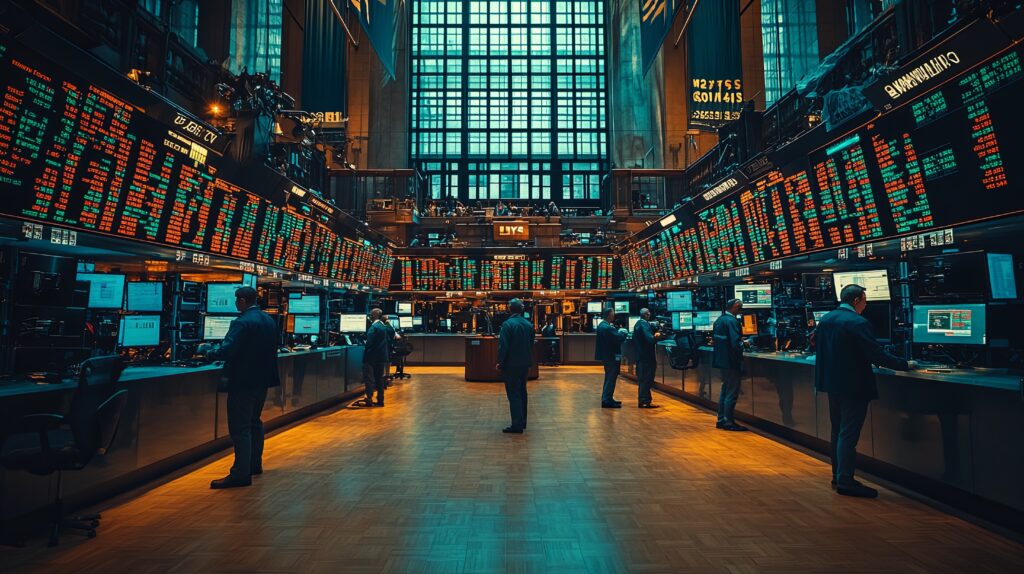Grayscale has requested approval from the U.S. Securities and Exchange Commission to convert a fund that tracks multiple cryptocurrencies into an exchange-traded fund.
The crypto manager’s Digital Large Cap fund holds over $524 million in assets, with more than three-quarters invested in bitcoin. Roughly 18% of the fund is allocated to Ether, while the remainder is divided among Solana, XRP, and Avalanche. While bitcoin and Ether ETFs have been approved by the SEC, this would be the first time other tokens are included in a spot ETF.
“Grayscale doesn’t have enough assets under management to significantly move markets on its own,” said Joel Hugentobler, Cryptocurrency Analyst at Javelin Strategy & Research. “However, I think markets would move if the fund receives approval because it will open the door for similar ETFs to be launched down the road,”
A Landmark Win
Grayscale was instrumental in securing the approval of bitcoin ETFs last year. The SEC acknowledged that it was wrong in denying the crypto firm’s previous requests for an ETF conversion, and Grayscale’s victory in that case was hailed as a landmark win for the crypto industry.
After the wider approval of bitcoin and Ether ETFs, the SEC gave Grayscale its blessing to convert its Grayscale Bitcoin Trust (GBTC) and the Grayscale Ethereum Trust (ETHE) into ETFs earlier this year.
The Foreseeable Future
In the wake of bitcoin and Ether ETF approvals, there has been much speculation about which digital asset will be the next to get the ETF treatment. In anticipation of future approvals, Grayscale has created funds based on Solana, XRP, Aave, and Avalanche over the past few months. The company has also compiled a list of over 35 cryptocurrencies it is considering for future funds.
“We saw this coming once the first bitcoin ETF was approved, and, at the end of the day, these issuers are playing a game of who can capture the most fees while offering solutions to invest in digital assets in a traditional way,” Hugentobler said. “This trend will continue for the foreseeable future.”
